With a new administration often come new priorities. The Biden Administration’s January 27th Executive Order on Tackling the Climate Crisis at Home and Abroad makes it clear that climate change will be one issue front and center for the 46th president. Tackling climate change is an important federal interest as the costs associated with it are increasingly paid by federal taxpayers. But that doesn’t only mean additional federal spending. There are many steps lawmakers and the president can take to combat climate change besides creating new programs. And in perhaps no area is this more evident than agriculture.
Climate change is a real and vexing problem, and the costs are mounting. In 2017 alone lawmakers appropriated $120 billion in response to natural disasters, more than any federal department receives in a year, other than the Pentagon. The federal share of disaster costs has risen from less than 25 percent after Hurricane Hugo (1989) to more than 75 percent after Superstorm Sandy (2012). The bills are likely to mount as sea levels rise, and more frequent and intense storms threaten hundreds of billions worth of military installations and transportation infrastructure, and spur calls to fortify communities before disaster strikes.
Most of the agricultural industry has taken notice. Everybody from large food companies, to environmentalists, to former government officials are pushing the agriculture sector and federal government to engage on climate change. Even industry groups, including long-time climate change deniers like the American Farm Bureau Federation, have hopped aboard the climate change train. This is quite a turnaround from previous debates. And it’s important as agriculture has a unique role. Farmers and ranchers are clearly affected by natural disasters while, depending on how you’re measuring, the industry contributes to the problem by generating 10-15 percent of greenhouse gas emissions. All the while the vast amounts of privately owned crop, range, and forest acreage are a potential gold mine for sequestering carbon.
And boy is there a gold carbon rush. Nearly every transition memo, agriculture conference, or Senate confirmation hearing includes a discussion on how to incentivize increased adoption of climate-friendly agricultural conservation practices. How the government can “de-risk” private investments in conservation, enlist the ag lending community, or leverage the Treasury to facilitate carbon markets. However you describe it, these are all Washington-speak for increasing federal subsidies.
But the ag sector is already drowning in a tsunami of subsidies. Ever since lawmakers used the 2014 farm bill to build a subsidy sandwich of various farm income entitlements, they’ve been adding layers and side dishes ever since. The 2018 farm bill expanded the types of losses covered by the livestock disaster programs while increasing government guaranteed prices for growers of crops like cotton and peanuts. The 2018 spending deal eliminated payment limits in the Livestock Indemnity Programs and expanded the allowed acreage in other programs. Things really got cooking in appropriations. The bomb cyclone active hurricane seasons, and early snows resulted in more than $5.4 billion in “emergency” appropriations for agriculture from 2018 to 2020. Then the Trump Administration spent $28 billion to mitigate the economic damage caused by its trade war with China.
Throw in federal response to anticipated losses from COVID-19 – and income subsidies exceeded $50 billion in 2020 – and you have nearly half of all farm income in the form of federal spending. We used to call this duplication a subsidy sandwich. Now it’s been super-sized, covered in gravy, and served with a side of hundred dollar bills to use as napkins.
Lawmakers need to change the climate around the farm safety net in order to effectively employ agriculture in combatting climate change. The last thing agriculture needs is yet another subsidy stream for doing what it’s already doing. Instead of increased dependence on federal subsidies, lawmakers need to promote economic resilience. Before creating new multi-billion dollar programs, there are some fairly easy steps the administration and Congress can take: Increase data sharing, prioritize effective conservation programs, remove federal roadblocks, and support a stable and predictable farm safety net.
Agriculture has a long history of managing risk. Like, since-the-dawn-of-civilization-long history. The market is pushing the sector to address climate risks. Given the opportunity and supported with strategic investments, research into the effectiveness of practices or technical assistance on deciding how to implement them, farmers and ranchers will plow a path forward. The key for the administration and Congress is to ensure Washington’s offers to help don’t become an obstacle to change.

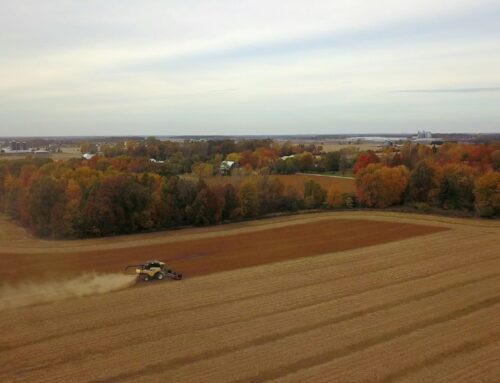
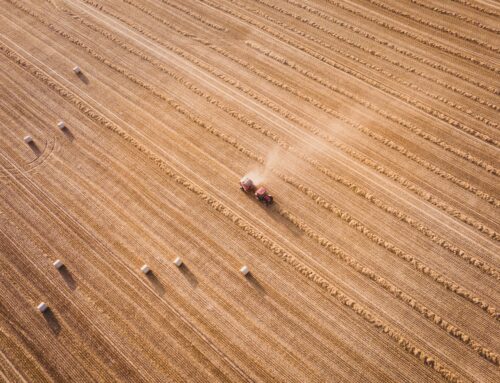

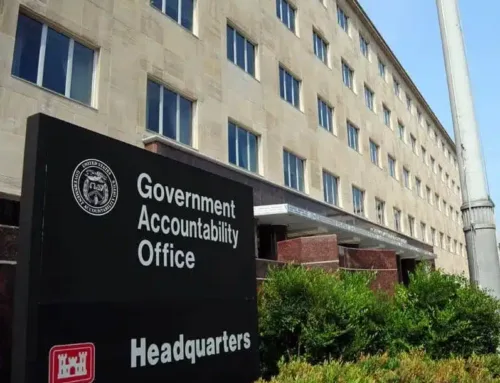
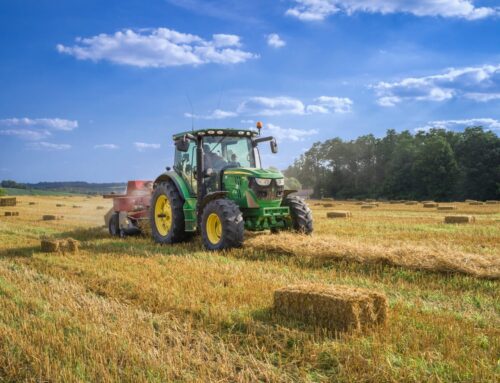

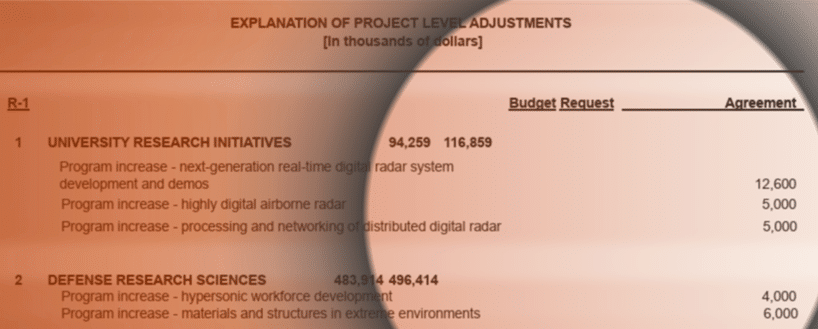


Get Social